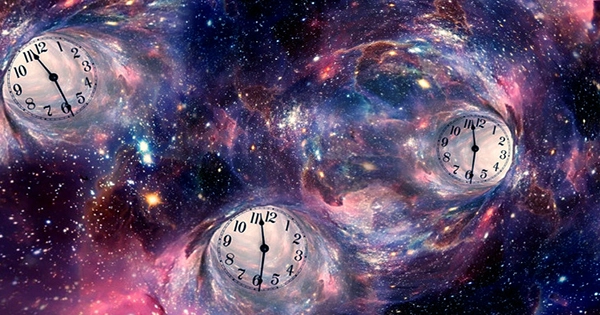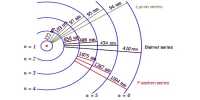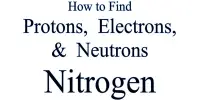For the first time, physicists have linked two optical atomic clocks. This discovery could be a means to go beyond even the most advanced current limit of timekeeping and serve as an excellent tool in the fascinating field of quantum cryptography.
By monitoring the resonance frequencies of atoms as their electrons change energy levels, atomic clocks can keep accurate time. In the past, cesium atoms and microwaves have been used for this, but since 2000, new atoms that utilise visible light have been used. These are optical atomic clocks that make use of ytterbium, strontium, and mercury.
In recent years, optical atomic clocks have been used to advance precision timekeeping significantly. They have a precision that is 100 times greater than a conventional cesium atomic clock. They are so accurate that the second might soon be redefined using them. However, they also have their limitations. Particularly when several clocks are required.
Because of how accurate these optical clocks are, it is possible to test slight variations in gravity and analyze the ground beneath our feet in addition to putting theories like relativity to the test. These methods call for comparing various clocks, albeit the accuracy of these measurements for separate devices will be based on the conventional quantum limit. It is challenging to synchronize two atomic clocks since even measuring them might induce mistakes. The quantum “magic” takes place when fewer measurements are taken, though. The Heisenberg limit, the highest level of precision permitted by quantum physics, is attained by entangled atoms in two clocks. Researchers claim to have successfully accomplished this in a system consisting of two clocks spaced 2 meters apart and each made of a single strontium atom in the study, which was published in Nature. They achieved a factor 1.4 reduction in uncertainty.
When particles that we normally regard to be different behave as though they are a single system, this is known as entanglement. No of the distance, a change to one causes a change to the other instantly. Many scientists are uncomfortable about the possibility that this may occur between two particles at opposite ends of the cosmos.
It was “spooky action at a distance,” according to Einstein. The particles are in a single entangled state, therefore acting on one particle (such as viewing) actually affects the entire state, even if it spans billions of light-years, so it is not a causal relationship.
Entangled states are distant from this enormous robust system in the lab. They are easily broken since they are so delicate. This latest research emphasizes that this is still a significant problem and that this basic system of optical clocks is merely a proof-of-concept. The research not only identifies the method’s shortcomings but also suggests potential remedies. There are still several challenges that optical atomic clocks must get beyond before they can live up to their potential.














